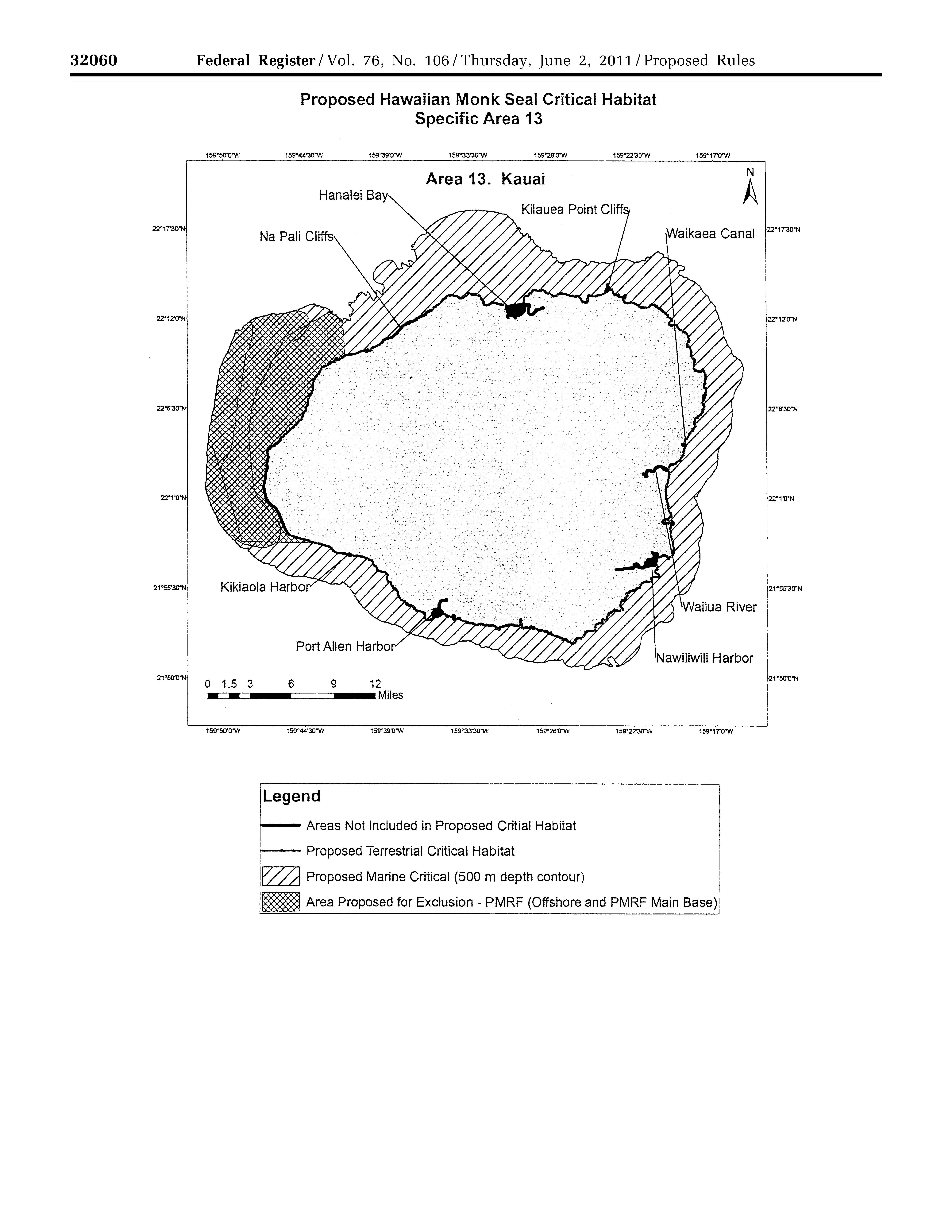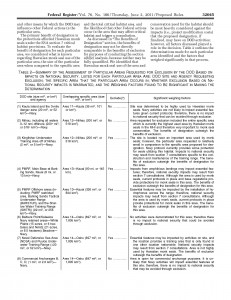http://www.commondreams.org/view/2011/09/06-0
Published on Tuesday, September 6, 2011 by CommonDreams.org
Peace Prizes for War Presidents, Missile Tests on Day of Peace
Escalation of US offensive missile strategy — launching an ICBM Missile across the Pacific on World Peace Day
by Ann Wright
The U.S. missile ‘defense” system is simply not defensive. It is offensive in every sense of the word and it is increasing tensions throughout the world.
Even on the day where the world is to think about peace— World Peace Day on September 21—you would not know that the day existed from the actions of the United States.
In addition to the continuing wars in Iraq and Afghanistan, on World Peace Day, in violation of its commitment to disarmament under the Nuclear Non-Proliferation Treaty (NPT), the United States will fire an Intercontinental Ballistic Missile from Vandenberg Air Force Base, California over Hawaii and the Pacific Missile Range tracking facility (PMRF) to crash into the Pacific Ocean near Kwajalein in the Marshall Islands.
Route of the ICBM to be fired on World Peace Day
The purpose of the flight is for the United States to continue to test delivery missiles that would carry nuclear warheads to incinerate its enemies, whoever they may be at the time.
The Marshall Islands are the same islands that the United States blew up in the 1950s and 1960s in the nuclear and hydrogen bomb tests from which Marshall Islanders are still suffering from radiation.
The test of the ICBM and the further expansion of the US missile “defense” system is causing dangerous repercussions around the world, making hotspots even hotter-from China and the Koreas to Turkey, Israel and Iran.
Pacific Missile Range in Hawaii Expanded for the Aegis Missile Test Complex—Testing to Kill or to Defend?
On Kauai, Hawaii, the Hawaii congressional delegation continues to bring home the bacon, the pork barrel projects that include expansion of the Pacific Missile Range Facility. The latest project is the construction of theAegis Ashore Missile Defense Test Complex that will provide testing and evaluation of the systems.
U.S. Senator from Hawaii Daniel Inouye said at the groundbreaking ceremony for the new missile test complex on August 29, “There are people in the world who would harm and kill us. We are not testing to kill, but to defend. … I pray the product of testing will not be used, but will be a deterrent for those who would harm us.”
Construction of the Aegis Missile Defense Test Complex in Hawaii will be completed in 2013. The Aegis Ballistic Missile Defense System is used on 81 naval ships throughout the world with more than 25 additional Aegis-equipped ships planned or under contract. There are six naval Aegis-equipped ships home-ported at Pearl Harbor on Oahu, Hawaii.
Ballistic Missile Defense Systems to be installed in Romania and Poland
The Aegis system is the sea-based component of the Ballistic Missile Defense System under development by the Missile Defense Agency which integrates with submarines, surface ships as well as the U.S. Army and Air Force missiles. The U.S. will install the Ballistic Missile Defense system in Romania in 2015 and in Poland in 2018. The systems that will be sent to Romania and Poland were tested in Hawaii at the Pacific Missile Range Facility.
Jeju Island, South Korea protests against the Aegis Missile System and construction of a naval base to homeport Aegis Destroyers
On Jeju Island, South Korea, citizens have been protesting for four years the construction of a new naval base that will homeport Aegis missile destroyers as a part of the US missile defense system. On September 2, hundreds of mainland South Koreans flew in “peace planes” to join Jeju Island activists in a major confrontation with government forces.
On the same day, more than 1,000 South Korean riot police from the mainland descended upon citizens of all ages who were blockading crews from access to the naval base construction site on Jeju Island. At least 50 protestors were arrested, including villagers, Catholic priests, college students, visiting artists and citizen journalists. Several were wounded and hospitalized.
However, back in Hawaii, not all who live on Kauai agree with the aims of the Aegis program and its effects on other countries. In the Kauai Garden Island newspaper Op-ed on September 4, Koohan Paik, a Hawaii citizen activist of Korean heritage observed, “There happens to be a very strong connection between Jeju’s current troubles and business-as-usual on the Garden Isle (Kauai). You see, the primary purpose of Jeju’s unwanted base is to port Aegis destroyer warships. And it is right here, at Kauai’s Pacific Missile Range Facility, that all product testing takes place for the Aegis missile manufacturers…‘ So it is no surprise that the tenacious, democracy-loving Koreans have been protesting again — this time for over four years, non-stop, day and night. They are determined to prevent construction of a huge military base on S. Korea’s Jeju Island that will cement over a reef in an area so precious it contains three UNESCO World Heritage Sites.”
Turkey agrees to host missile defense radar installations-data not to be shared with Israel
Halfway around the planet in another hotspot where the U.S is pushing the missile defense system, on September 2, the same day it denounced UN Secretary General Ban Ki-Moon’s 4 person committee’s report on the Gaza flotilla and then announced sanctions on Israel for murdering 8 Turkish citizens and one American citizen on the 2010 Gaza flotilla, Turkey also revealed that it had reached agreement to host radar installations as part of the American-sponsored NATO “missile defense” program. Press reports indicate that as part of the deal, the US acceded to a Turkish demand that data from the Turkish-hosted radars not be shared with Israel.
Turkey played the odds that it has increasingly greater value to the United States in the eastern Mediterranean region than does Israel, which is increasingly a strategic and political burden to the United States.
The upcoming United Nations session with its discussion on statehood for Palestine will again put the United States in the miniscule number of nations that will vote against Palestinian initiatives—Israel and those whom the US pays through the Compact of Free Association to vote with it-Micronesia, the Marshall Islands and Palau.
America’s belligerent actions on World Peace Day and the Nobel Peace Prize
As America shoves World Peace Day aside with its launch on September 21 of the ICBM missile, it brings to mind President Obama’s war speech upon accepting, only eight months into office, Nobel Prize for Peace for having done little for peace, except to defeat John McCain for the presidency. Obama spoke at length of the necessity of war to make the world a peaceful place.
In this vein, it makes perfect sense to the Obama administration to launch a missile on World Peace Day, a missile for peace, no doubt!!
But it makes NO sense to me and to, I suspect, hundreds of millions of people around the world. I hope on World Peace Day, the citizens of the world will let the Obama administration know of their disgust for this act of intimidation and disrespect for the planet
Ann Wright is a 29 year US Army/Army Reserves veteran who retired as a Colonel and a former US diplomat who resigned in March, 2003 in opposition to the war on Iraq. She served in Nicaragua, Grenada, Somalia, Uzbekistan, Kyrgyzstan, Sierra Leone, Micronesia and Mongolia. In December, 2001 she was on the small team that reopened the US Embassy in Kabul, Afghanistan. She is the co-author of the book “Dissent: Voices of Conscience.” (www.voicesofconscience.com)
——————————–
Ann Wright
microann@yahoo.com
Facebook: http://www.www.facebook.com/profile.php?id=504291178
Twitter: annwright46
“Dissent: Voices of Conscience” www.voicesofconscience.com








